The Flathead Indian Reservation in Western Montana was created in 1855 as a result of the Hell Gate Treaty Council with the Salish-speaking Pend d’Oreilles, the Salish-speaking Flathead (also known as the Bitterroot Salish), and the Kootenai. While Washington Territory Governor Isaac Stevens considered these tribes to be unimportant, the American government wanted to consolidate them on a single reservation so that the railroad could come through their lands and their lands could be opened up for non-Indian settlement and development.
All Indian reservations in the United States are under the jurisdiction of the Bureau of Indian Affairs (BIA), a division of the Department of the Interior, and administered by the politically appointed Commissioner of Indian Affairs. In general, the BIA has administered Indian lands for the benefit of non-Indians and particularly non-Indian corporations.
In 1927, the Commissioner of Indian Affairs met with representatives of the Montana Power Company to discuss the development of a hydroelectric site on the Flathead River south of Polson, Montana. An agreement was reached which gives Montana Power the right to generate power. While the dam site is on the Flathead Reservation, no Indians were invited to the meeting.
Tribal members generally opposed construction of the dam. The dam’s proposed location was a spiritual site known as Place of Falling Waters. However, at this time American Indian religions were still consider illegal and thus this was not taken into consideration.
The agreement was criticized by John Collier, a social worker who would become Commissioner of Indian Affairs under the Franklin Roosevelt administration. Collier maintained that the agreement violated the 1855 treaty with the Flatheads. Collier also pointed out that the Federal Water Power Act of 1920 promised Indians all royalties from reservation lands and that the agreement with Montana Power only gave the Indians one-third of the royalties. Collier also questioned why the agreement gave non-Indian settlers on the reservation electricity at cost.
The driving force behind the dam was the demand for electricity for mining and smelting operations in Butte and Anaconda. The Great Depression, however, slowed the actual construction of the dam.
The following year, the Montana Power Company negotiated a lease with the Confederated Salish and Kootenai Tribes for the construction of Kerr Dam on Montana’s Flathead River. The lease provided for annual payments to the tribe.
At the peak of construction, over 1,200 people were employed on the project. Indians were employed as non-skilled labor on the project. The dam was completed in 1939 and was dedicated with a large two-day celebration. The dam was named for Frank Kerr, the president of Montana Power Company.
In 1980, the Salish and Kootenai of the Flathead Reservation challenged the renewal of the license for Kerr Dam. In 1984, the tribes reached an agreement with the Federal Energy Regulatory Commission regarding Kerr Dam. Under the agreement, the rent for the dam was increased and in 30 years the tribe would be able to take over management of the dam.
In 2015, the Confederated Salish and Kootenai tribes acquired the dam. Energy Keepers, a tribal corporation, now operates the dam. The dam is now called Séliš Ksanka Qlispé and is the first major hydroelectric facility in the United States to be operated by an Indian tribe.
Old Photos
At the area around the dam today, the tribes have decorated the trashcans with old photos showing tribal involvement in the construction of the dam.
The Dam
The concrete arch dam is 204 feet high and 741 feet long. It has a generating capacity of 208 megawatts.
Dam Indians
Dam Indians: The Allegheny River
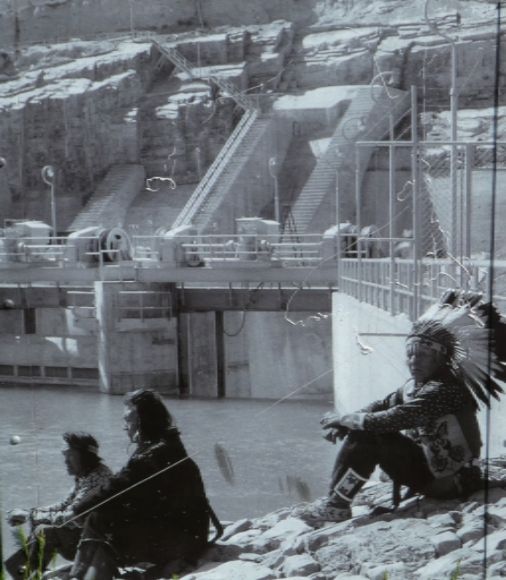
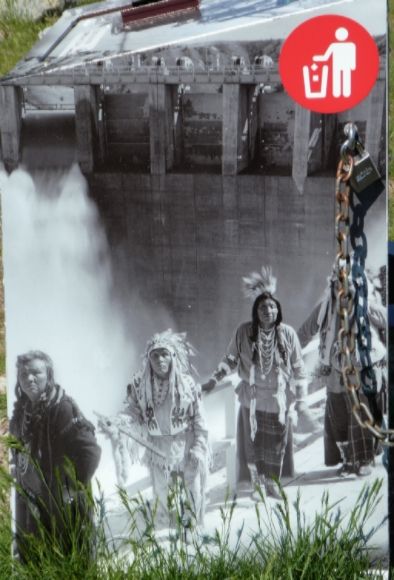
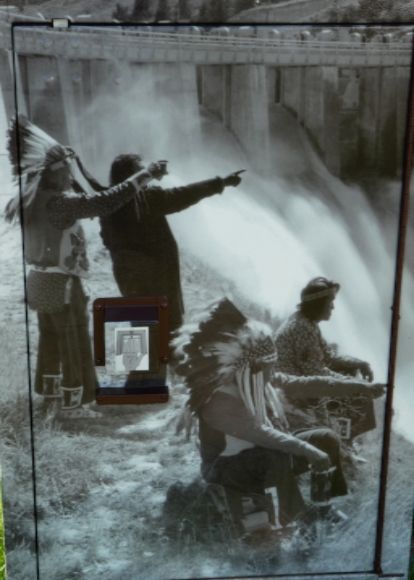
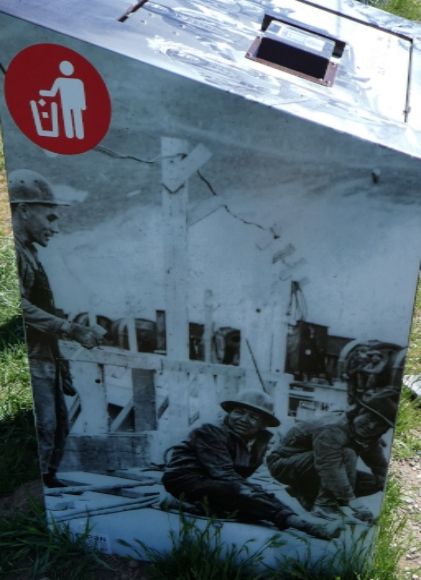

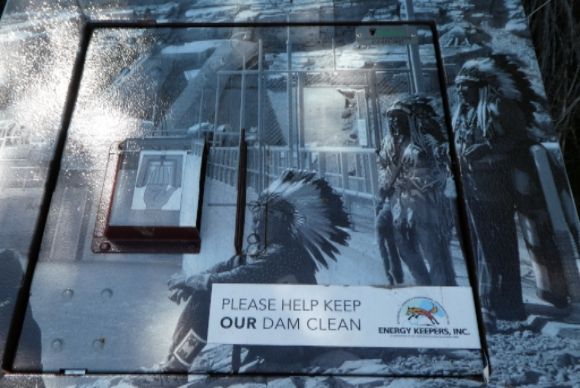
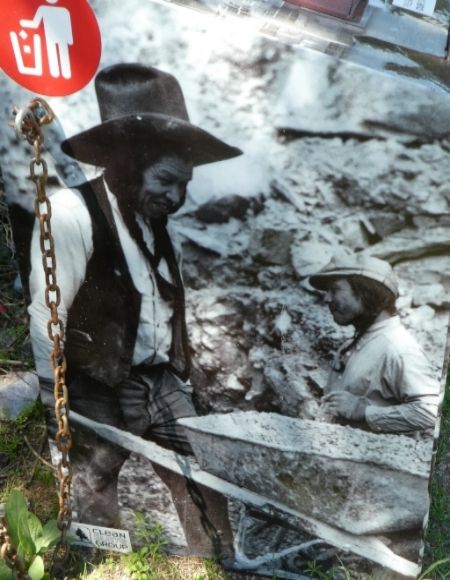
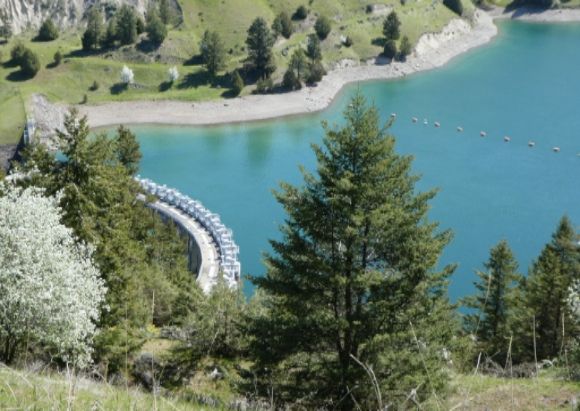
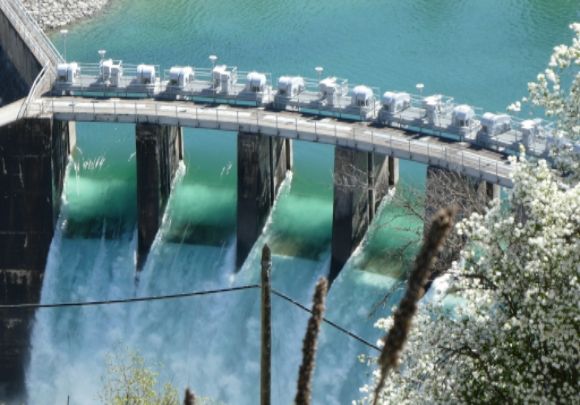
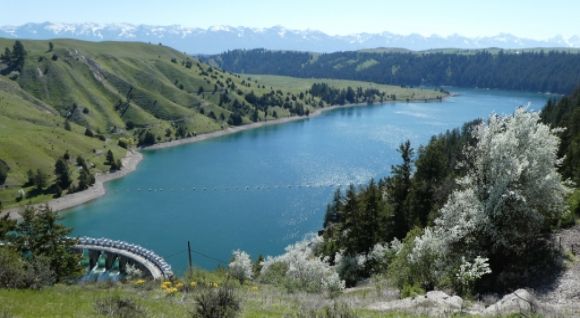
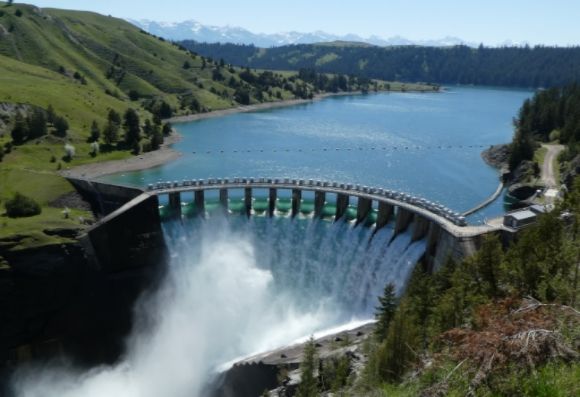
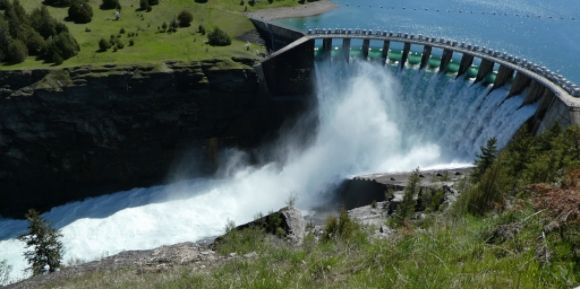
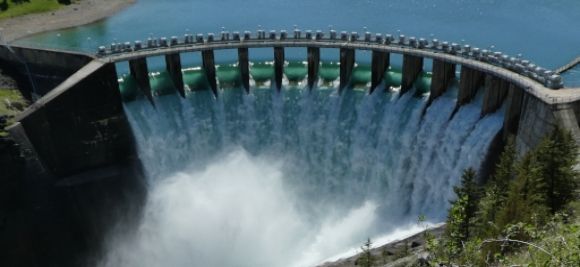
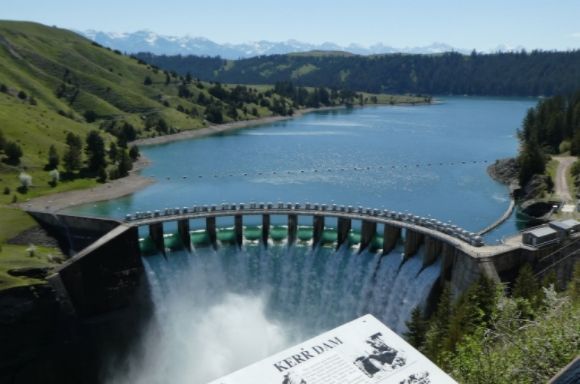




Leave a Reply